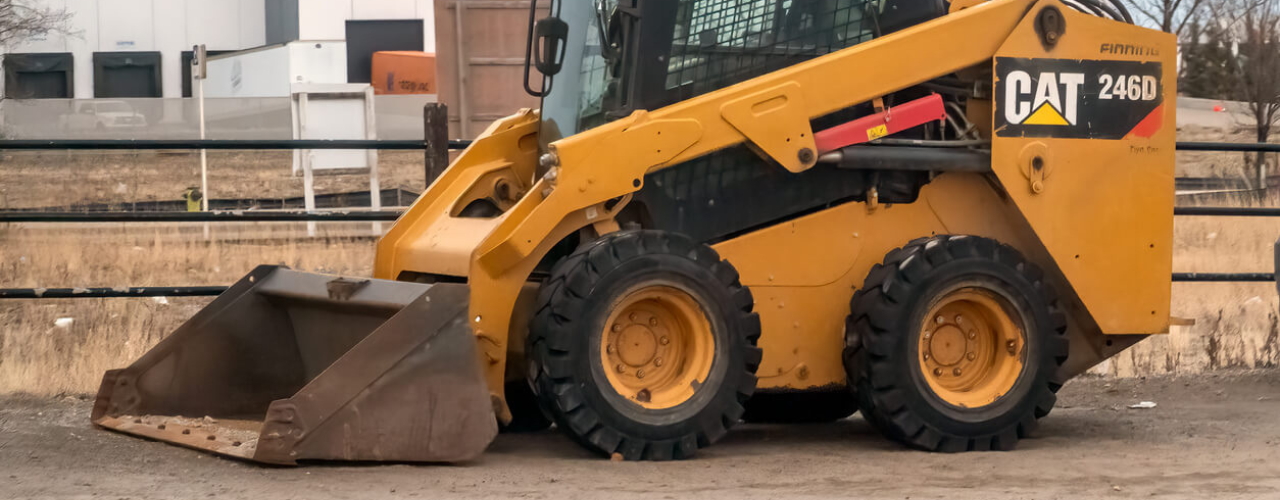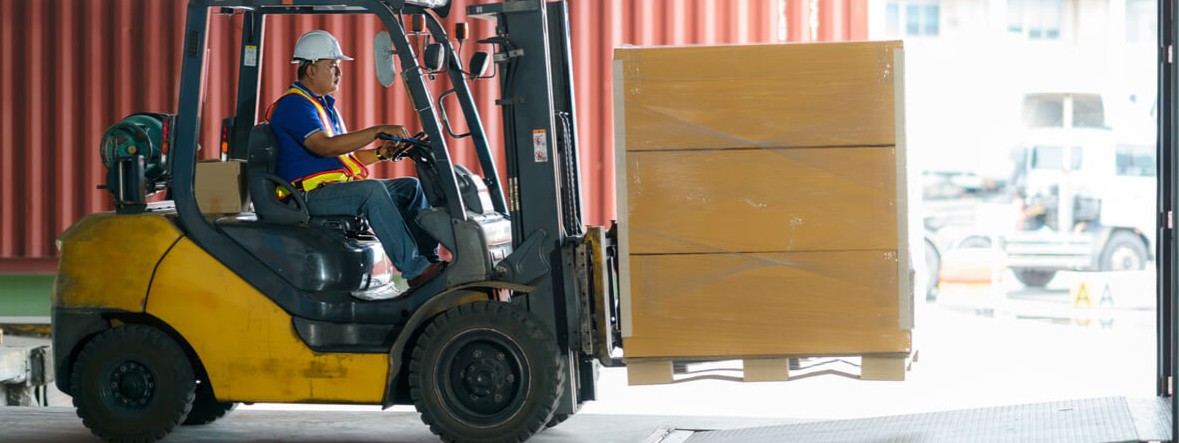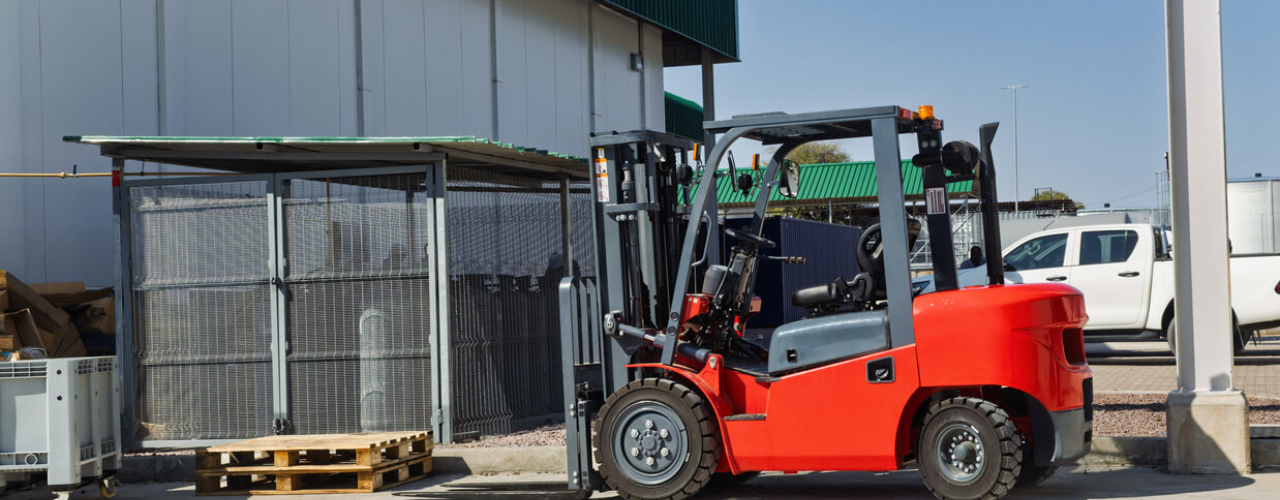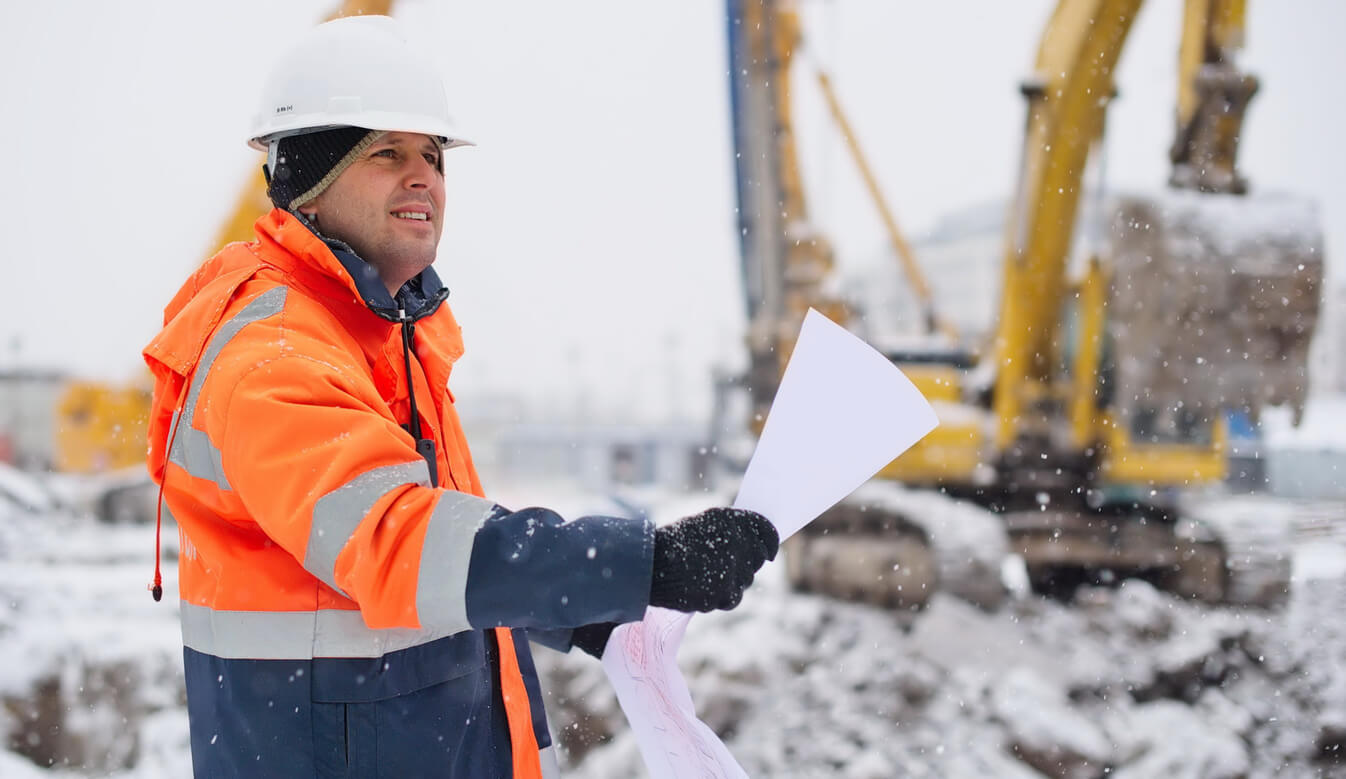
Blog
How Counterbalance Forklifts Improve Efficiency in Material Handling

Any business involved in logistics, warehousing, or manufacturing must prioritise efficient material handling to achieve success. Operational productivity benefits from the right equipment because it minimises downtime while enhancing workflow and safety procedures. The counterbalance forklift is recognised as one of the most versatile and widely adopted models among the extensive range of forklift types.
Counterbalance forklifts excel in material handling because of several key factors that enhance their performance.
This guide covers their role in boosting operational efficiency and explains why they represent a vital component of modern supply chains.
Key Factors That Make Counterbalance Forklifts Essential for Material Handling
The broad industrial application of counterbalance forklifts results from their combination of stability and power with exceptional manoeuvrability in one efficient machine. Businesses achieve peak productivity levels through the design and features of these machines while keeping safety protocols intact. These aspects demonstrate why they remain vital components in material handling operations.
1. Load Handling Efficiency
The rear counterweight of a counterbalance forklift allows for smooth and stable lifting, making it ideal for lifting and transporting heavy loads without the need for additional stabilisers. This design allows operators to easily pick up and place goods, improving workflow speed.
These forklifts are equipped with precision hydraulic controls, ensuring smoother load handling, which reduces the chances of damage to goods. This is particularly valuable in warehousing, manufacturing, and retail settings, where efficiency and product safety are priorities.
2. Adaptability to Multiple Work Environments
Counterbalance forklifts are designed for both indoor and outdoor use, giving businesses flexibility. Whether operating in a warehouse, logistics hub, or construction site, these forklifts provide seamless performance.
- Electric models – Perfect for indoor use, offering low noise levels and emission-free operation.
- Diesel forklifts – Ideal for outdoor and heavy-duty tasks, providing greater lifting power and endurance.
- LPG forklifts – Versatile for both indoor and outdoor applications, with quick refuelling times and balanced power output.
Their adaptability ensures businesses do not need multiple machines for different applications, reducing costs and improving workflow.
3. Manoeuvrability and Precision Control
Counterbalance forklifts are built for precise movement, allowing them to navigate tight warehouse aisles and compact storage areas. The combination of four-wheel steering and hydraulic steering systems enables operators to:
- Move loads efficiently in confined spaces.
- Reduce turning time, increasing productivity.
- Minimise collision risks, ensuring workplace safety.
Many modern models also include enhanced operator-assist technology, such as load balancing sensors and stability control features, which help prevent accidents.
4. Higher Lifting Capacities and Customisation Options
While reach trucks specialise in positioning products on tall shelving systems counterbalance forklifts demonstrate proficiency at transporting heavy materials on different surfaces. Counterbalance forklifts have lifting capacities that range from 1,500 kg to more than 10,000 kg which allows them to handle both light-duty and heavy-duty material handling tasks.
In addition, counterbalance forklifts support various attachments, including:
- Fork positioners for adjusting forks without leaving the cab.
- Clamps for handling non-palletised goods.
- Rotators for rotating loads for easier positioning.
This versatility ensures that one machine can handle multiple tasks, improving overall operational efficiency.
5. Operator Comfort and Safety Features
Modern counterbalance forklifts are built with ergonomic features to enhance operator efficiency and reduce fatigue. Some of the key elements include:
- Adjustable seats and intuitive controls for better handling.
- Enhanced visibility cabins to minimise blind spots.
- Shock-absorption technology to reduce strain during extended use.
The enhancements provide better worker comfort and improved safety which leads to fewer workplace accidents and less expensive downtime.
How Counterbalance Forklifts Improve Overall Efficiency
1. Faster Loading and Unloading
Speed is a major advantage of counterbalance forklifts. Their ability to quickly pick up, transport, and place goods reduces loading times and increases overall throughput.
- Pallet Handling Efficiency – Counterbalance forklifts can lift directly from ground level or loading docks, streamlining warehouse operations.
- Reduced Transfer Time – Their high-speed movement ensures that goods are moved quickly between different areas.
- Optimised Productivity – By reducing waiting times, these forklifts prevent congestion in busy material handling environments.
2. Minimising Downtime and Operational Delays
Efficiency requires maintaining both speed and stable performance over time. Businesses use counterbalance forklifts to maintain uninterrupted operations free from unexpected malfunctions.
- Robust design ensures longevity and reduces wear and tear.
- Easy maintenance access allows for quick servicing and minimises repair downtime.
- Customisable power options let businesses choose between fuel-efficient electric models or powerful diesel units.
The combination of these factors leads businesses to achieve fewer interruptions and extended operation times alongside more efficient processes.
3. Reducing Labour Costs and Increasing Workplace Safety
Manual material handling leads to higher labour costs and an increased risk of injuries. Counterbalance forklifts automate lifting tasks, reducing the need for additional workers.
- Less manual labour required – Forklifts handle heavy loads effortlessly, reducing strain on workers.
- Lower risk of accidents – Safety features such as stability control and anti-tip technology minimise workplace injuries.
- Increased efficiency per shift – A single forklift can perform the work of multiple employees, improving productivity.
By integrating counterbalance forklifts into daily operations, businesses can cut costs and improve safety, leading to a more streamlined workforce.
Find the Right Counterbalance Forklift for Your Business
At Glosrose, we understand that every business has unique material handling needs. That’s why we offer a diverse range of counterbalance forklifts, from compact electric models for indoor efficiency to powerful diesel units built for rugged outdoor operations. Our catalogue includes new and used machines, ensuring we have an option that fits your requirements and budget.
Beyond sales, Glosrose provides comprehensive servicing and maintenance solutions, ensuring your equipment remains in peak condition with minimal downtime. Our expert team is ready to help you select the ideal forklift, whether you need a single machine or an entire fleet.
Don’t let inefficient material handling slow down your operations. Contact us today at 01622 880669 or visit glosrose.co.uk to explore our extensive range and find the perfect forklift for your business.
You May Also Like


How UK Compliance and New Tech are Reshaping Counterbalance Forklift Training and Safety

Hiring Forklifts for Seasonal Staff? Avoid These Operator Handover Mistakes
Get in Touch
Not sure what you are looking for or need some advice for your requirements? Get in touch with us today and a member of our experienced team will be more than happy to help answer your questions.
